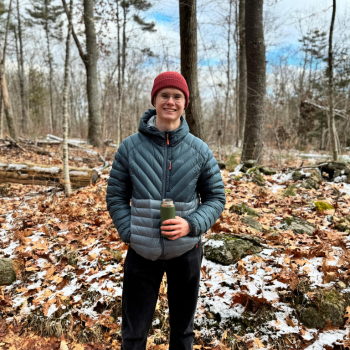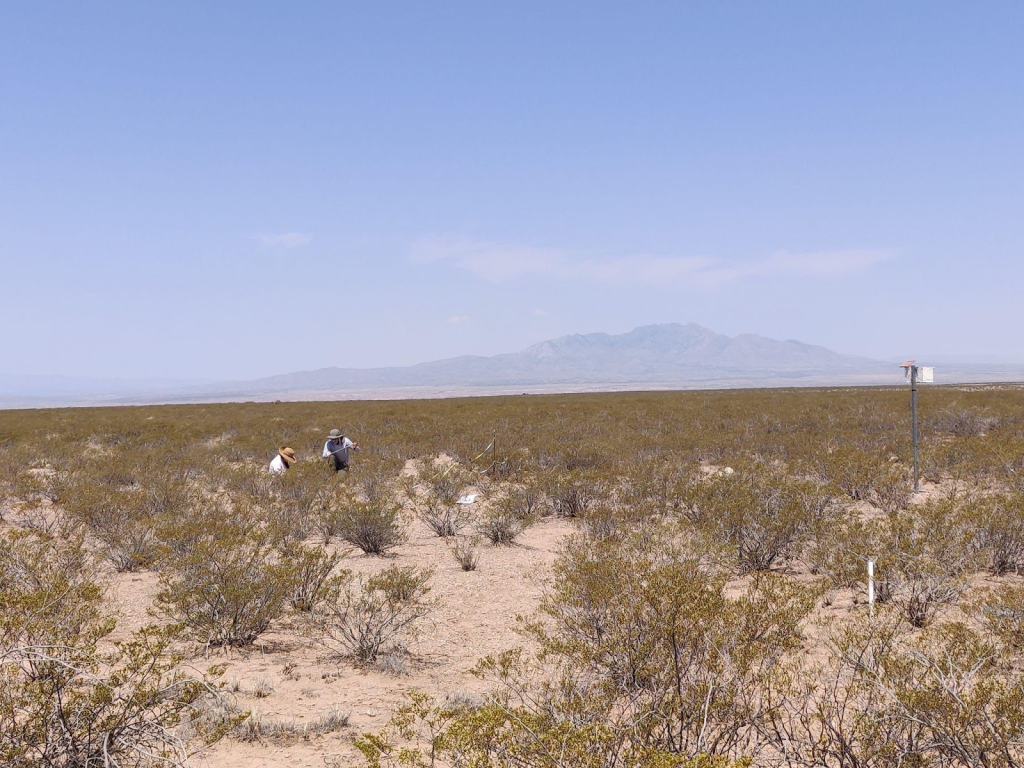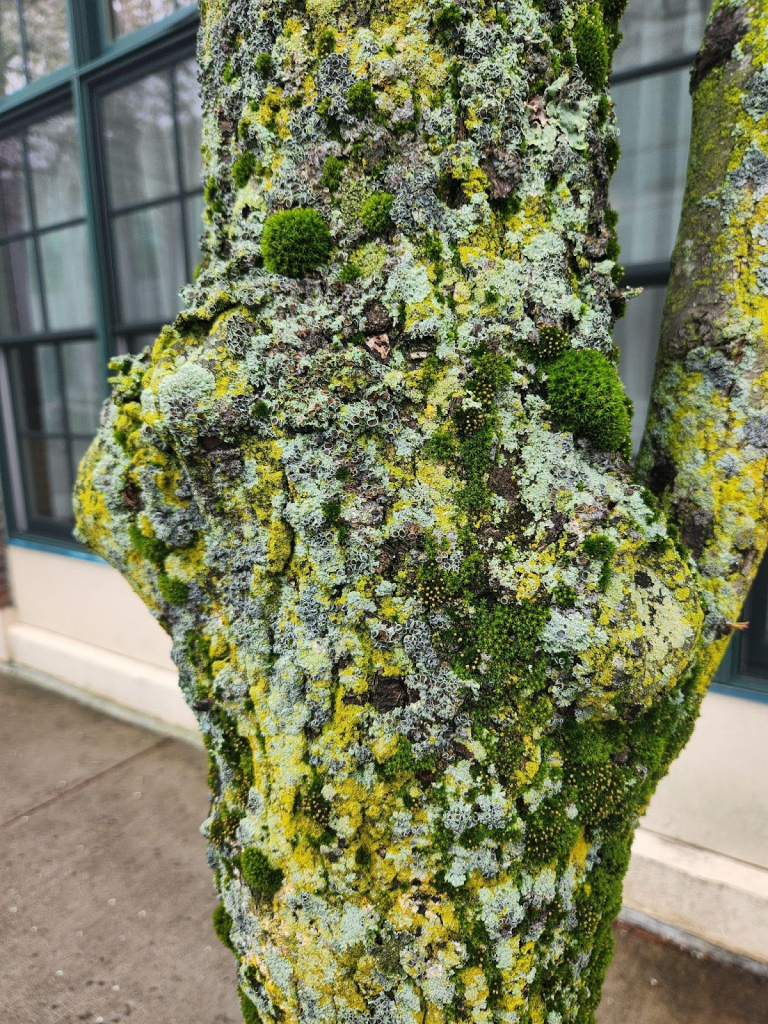
Trading the Field for the Lab
How I rediscovered my connections to the natural world at MIT
Many of us are drawn to science by questions we have not found satisfying answers to. During my undergraduate I worked as a research assistant in a field ecology lab, and I fell in love with biology through the patterns and connections found in nature that I could not find a complete description of. In the words of Darwin, I was drawn in by the “endless forms most beautiful.” I wanted to understand how the same unfurling evolutionary process could result in such diverse forms of intricacy and beauty.
I came to MIT to further this pursuit, but arriving I felt disconnected from the nature that inspired me in the first place. But while here I have learned that the wild can be found anywhere; you may just have to look closer.
I grew up in Albuquerque, New Mexico, a place where I was reminded daily of how local environmental parameters define ecosystems. Albuquerque sits on the Chihuahuan plateau, 5000 feet above sea level, and straddles the Rio Grande, New Mexico’s largest river. It sits at the foot of the Sandia mountains to the east (elevation 10,000 feet), products of tectonic uplift due to the continental divide running north-to-south through the state. To the west a row of now dormant volcanoes sits atop the mesa.
Albuquerque sits in this rift, with the volcanoes to the west, the river passing through the middle, and the mountains to the east. From anywhere in the city, you can look up and be reminded of your place in these ongoing geologic processes. While the volcanoes erode under the blown sand and summer rains, the Sandias continue their uplift, constantly adding to their height.
For a curious child, growing up in this landscape leads to a host of questions: Why is the thin strip of forest along the river composed of lush green cottonwood trees when they cannot survive without someone watering them anywhere else in the city? Why are there only the most gnarled, scraggly juniper trees (a New Englander would call them “bushes”) dotted far apart on the volcanic mesa? Why, as you drive up the back of the Sandia mountains, do you go from a forest of junipers to piñons, ponderosa, and eventually to aspen, douglas firs, and blue spruce?
During my undergraduate at the University of New Mexico I had a chance to intimately quantify and explore these questions as a research assistant in the Litvak lab, an ecosystem ecology lab that worked to collect long-running time series data on biomes across New Mexico’s unique ecosystems as a part of the countrywide Ameriflux Network. The lab maintained ecological research stations in ecosystems ranging from desert grasslands and shrublands, mid elevation juniper and piñon savannas, all the way up to alpine forests and meadows. As a research assistant, my primary job was to assist the lab’s botanist and field technician to conduct surveys of plant growth at each of these ecosystems, measuring everything from the height and width of centuries-old ponderosas to the surface area of recently sprouted wild strawberries. It was painstaking, methodical work, but in beautiful places with people interested in the same questions I was. If someone heard the sound of a woodpecker or spotted an unusual caterpillar we would all pause our work to gather, observe, and attempt to identify what we saw.

The lab performs the same surveys year after year. Combined with the constant readings produced by the array of instruments they maintain at each site, it produces a rich, multidimensional time series of these ecosystems for the duration of the lab’s work at these sites, now covering over twenty years. Think of the correlations you might find!
At some sites natural experiments occurred. A wildfire in 2011 at the original alpine site turned a conifer forest into a bramble of raspberry bushes interspersed with wildflowers. It even changed the pH of the soil, making it more difficult for trees to be reestablished. In a piñon-juniper savanna a bark beetle outbreak wiped out almost all of the piñons, leaving the junipers alone to fill the empty niche.
I loved going to these sites, becoming familiar with the important variables and players in these ecosystems, and working systematically to add to the long-running datasets. I loved coming up with questions about what I saw, often starting with ‘why…?’
Often, I found that the sheer intricacy and complex history of the places we were studying, though reasons why I had fallen in love with the work in the first place, made it impossible to distill an answer to these questions.
So when I applied to graduate school I chose to trade the field for the lab. I chose MIT’s Microbiology program due to its unique interdepartmental structure, and with the hope that studying microbes offered a model system whose relatively small spatial and temporal scales would allow me to answer some of my smoldering “why’s.”
When I chose MIT I felt keenly aware that I would be giving up the connection with the natural world that I had developed and had played such a pivotal role in who I had become. For a while after moving I felt claustrophobic and disoriented in the bustling concrete ant colony built on reclaimed mudflats that is MIT. Trading the dusty field truck, the smell of creosote, and the sound of kangaroo rats rustling in the underbrush for the hum of instruments in a climate controlled, fluorescently lit lab was not easy.
After being here for a couple years though, I’ve come to realize that my connection to the natural world has not shrunk, but expanded. I have begun to learn about New England’s unique natural history and I have developed an appreciation for the pockets of nature you can find in the city, whether the migratory geese on the Charles or the beautiful lichen resembling a forest in miniature growing on the bark of the tree I pass every day on my way to campus.
My work in the lab is allowing me to systematically explore the effects of environment and interaction on living forms, offering a way to get at the “why’s” I dreamt up in the field. And even in the hustle and bustle of MIT, under the fluorescent lights of the lab, when one of my labmates sees something cool under the microscope we all pause what we are doing to take a look.

Share this post:
